
African Burial Ground National Monument Manhattan, NY 10007
The African Burial Ground National Monument contains the remains of more than 419 Africans buried during the late 17th and 18th centuries in a portion of what was the largest colonial-era cemetery for people of African descent, some free, most enslaved. Historians estimate there may have been as many as 15,000 burials in what was called the.

African Burial Ground National Monument NATIONAL MONUMENT HISTORY Bringing you America, one
The African Burial Ground is one of the largest and earliest sites associated with 18th-century slavery in the United States. Location: 290 Broadway, New York, NY, United States | Google Maps Organizations: Municipal Art Society, New York City Landmarks Preservation Commission

GE Lamps Generate Tranquil Atmosphere at African Burial Ground National Monument GE Lighting
Established in 2006, African Burial Ground National Monument is a place to contemplate the spirit of the Sankofa. Obscure individuals from the past come alive again with the lessons of sacrifice, perseverance, respect, power of community, and the continual hope for a better future. You may bury me in the bottom of Manhattan. I will rise.

African Burial Ground National Monument! The Bill Beaver Project
The African Burial Ground National Monument in Manhattan honors the memory of enslaved Africans buried there. With seven burial mounds, an ancestral chamber, and a libation court, it's a sacred space reminding us of New York's history of slavery.

African Burial Ground National Monument The Cultural Landscape Foundation
African Burial Ground National Monument is a monument at Duane Street and African Burial Ground Way (Elk Street) in the Civic Center section of Lower Manhattan, New York City. Its main building is the Ted Weiss Federal Building at 290 Broadway. [4]

Grave Concerns Do Cemeteries Affect Real Estate Prices in New York? 6sqft
Rodney Leon, African Burial Ground National Monument, 2006, New York City, an ARCHES video, speakers Dr. Renée Ater and Dr. Steven Zucker. Additional resources African Burial Ground National Monument, National Park Service Rodney Leon Architects Establishment of the African Burial Ground National Monument, Federal Register

Pin on AfricanBurialGroundManhattanRef
Now, the African Burial Ground National Monument stands over the burial ground to honor these men and women. The monument exhibits extensive information on the history, anthropology and archaeology of the site, using research conducted by Howard University. The Memorial Wall
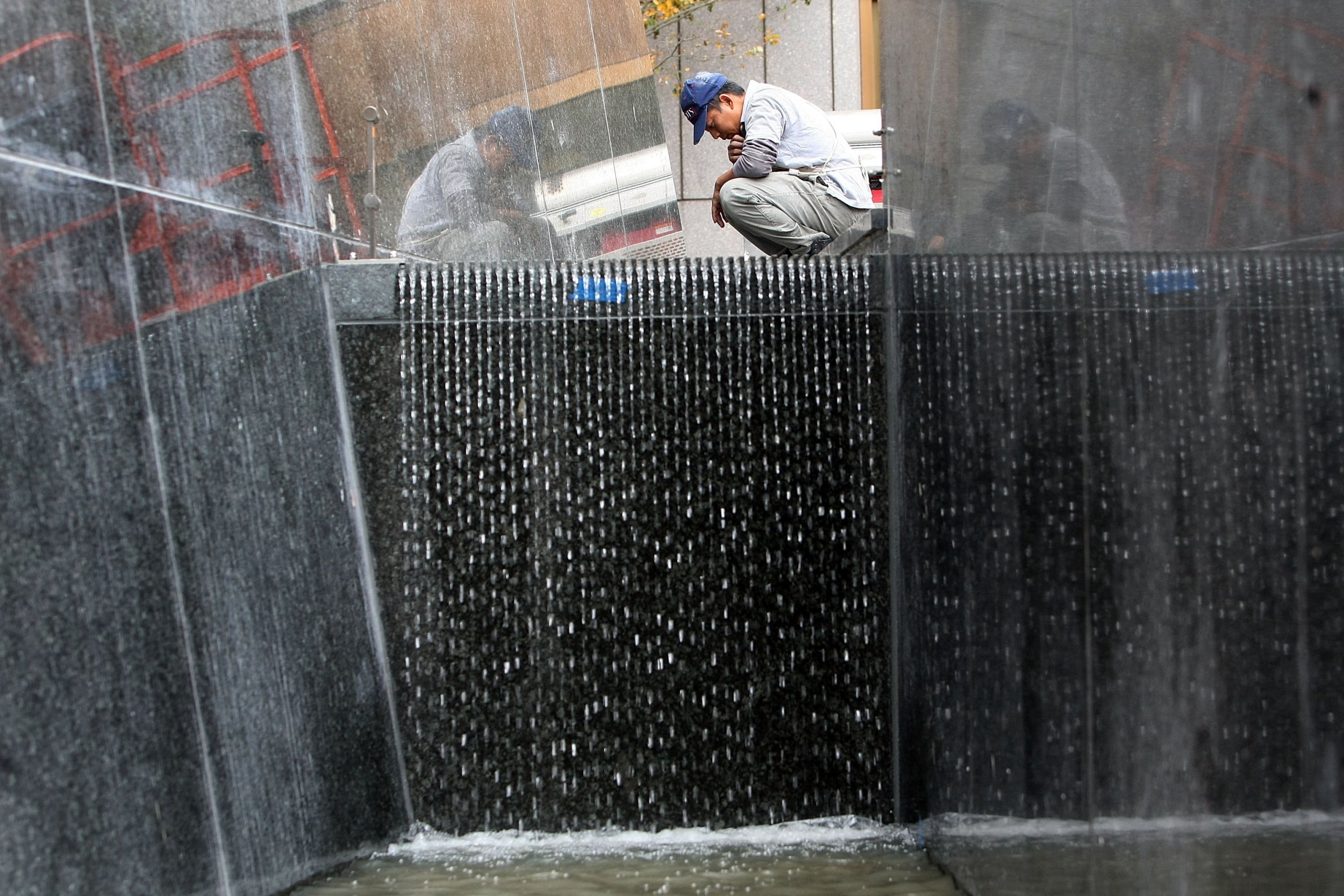
Historic African Burial Ground National Monument in New York Defaced with Racist Slur
Under roughly 25 feet of city infrastructure, they unearthed hundreds of human remains. The construction had revealed the first burial ground for free and enslaved Africans in New York. While known to historians, this area of approximately 6.6 acres, holding over an estimated 15,000 people's final resting place, had never been physically uncovered.

African Burial Ground National Monument! The Bill Beaver Project
African Burial Ground National Monument, a unit of the National Park System and a National Historic Landmark, is located in Lower Manhattan, close to Foley Square and just north of City Hall in New York City, NY. The visitor center is inside the Ted Weiss Federal Building at 290 Broadway.
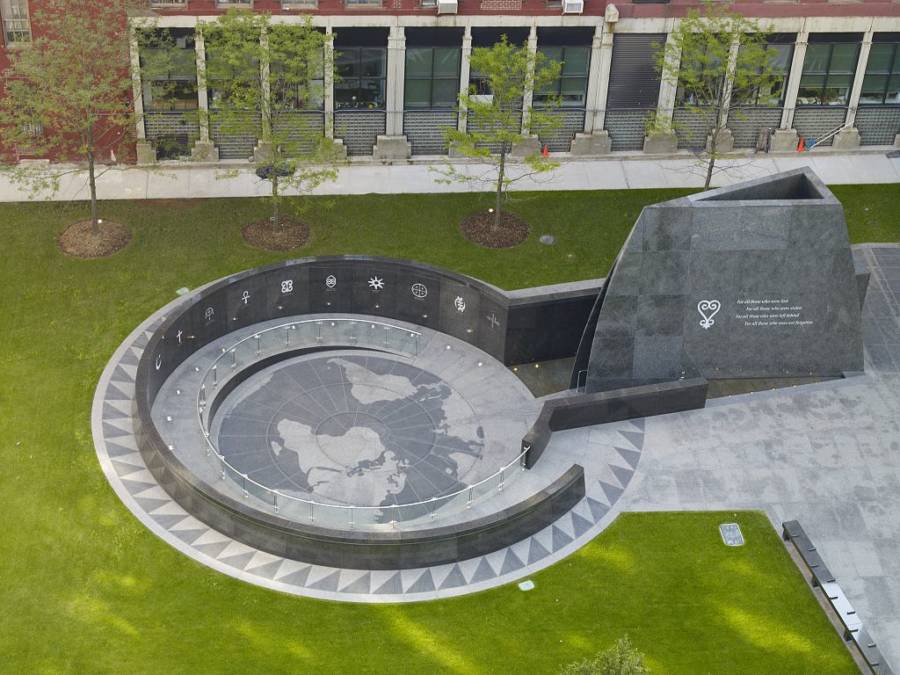
For Centuries, An African Burial Ground Was Rediscovered In New York
The boxes contained the remains of both enslaved and free African Americans from the 17th and 18th centuries (from 1697, nearby Trinity Church refused them burial in its graveyard). Today, a poignant memorial site and a visitor center with four rooms of educational displays honor the estimated 15,000 men, women and children buried in America's largest and oldest African cemetery.
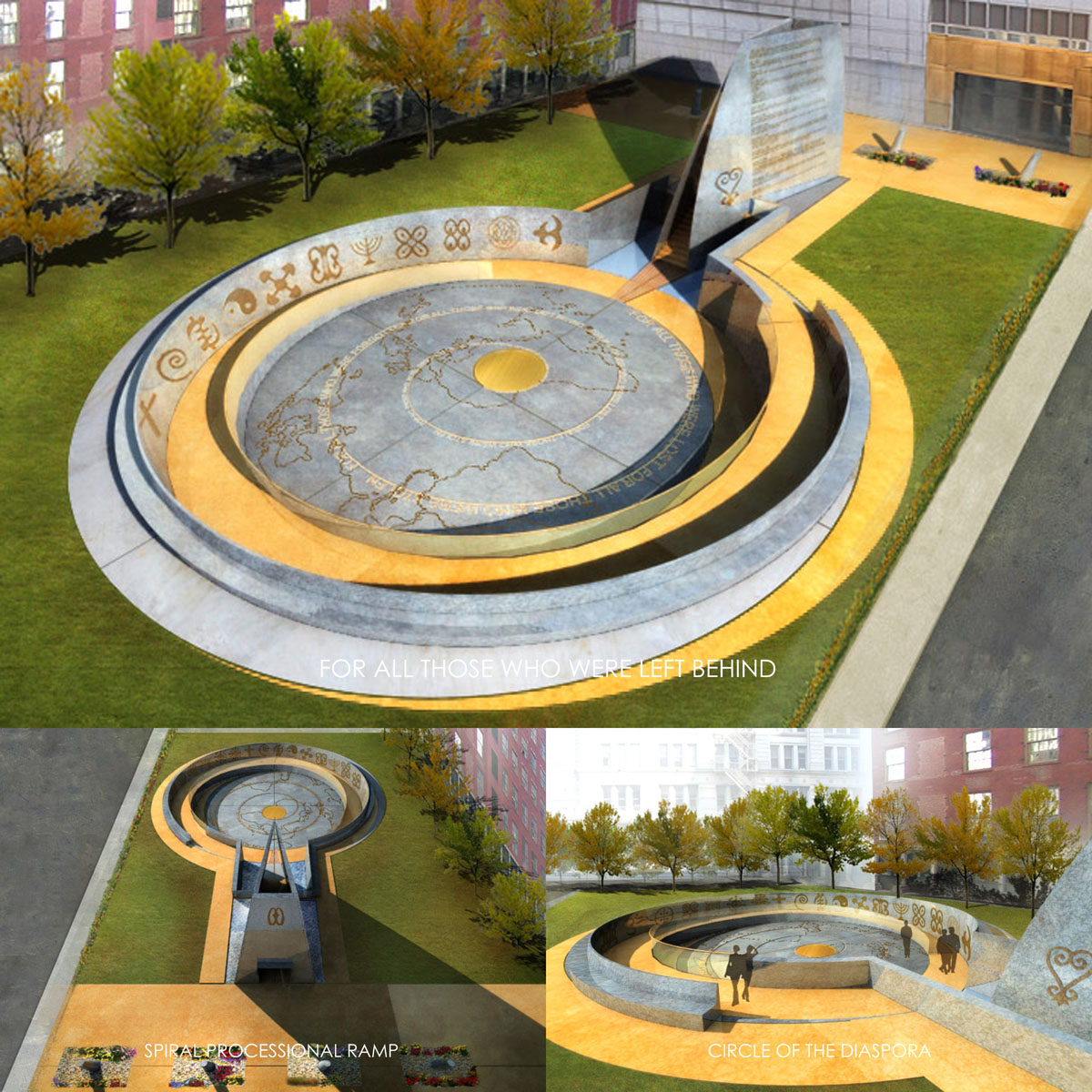
African Burial Ground Exterior Monument GSA
In 2006, the African Burial Ground was declared a National Monument. Today, there is a visitor center at the site with exhibits, replica artifacts, and a 25-minute video about the history.

African Burial Ground National Monument (U.S. National Park Service)
African Burial Ground National Monument | National Park Foundation Planning a Visit? For information about the park, visit the National Park Service website for African Burial Ground National Monument: nps.gov/afbg This monument in Manhattan honors African Americans and offers an education on the hardship they endured in early America.
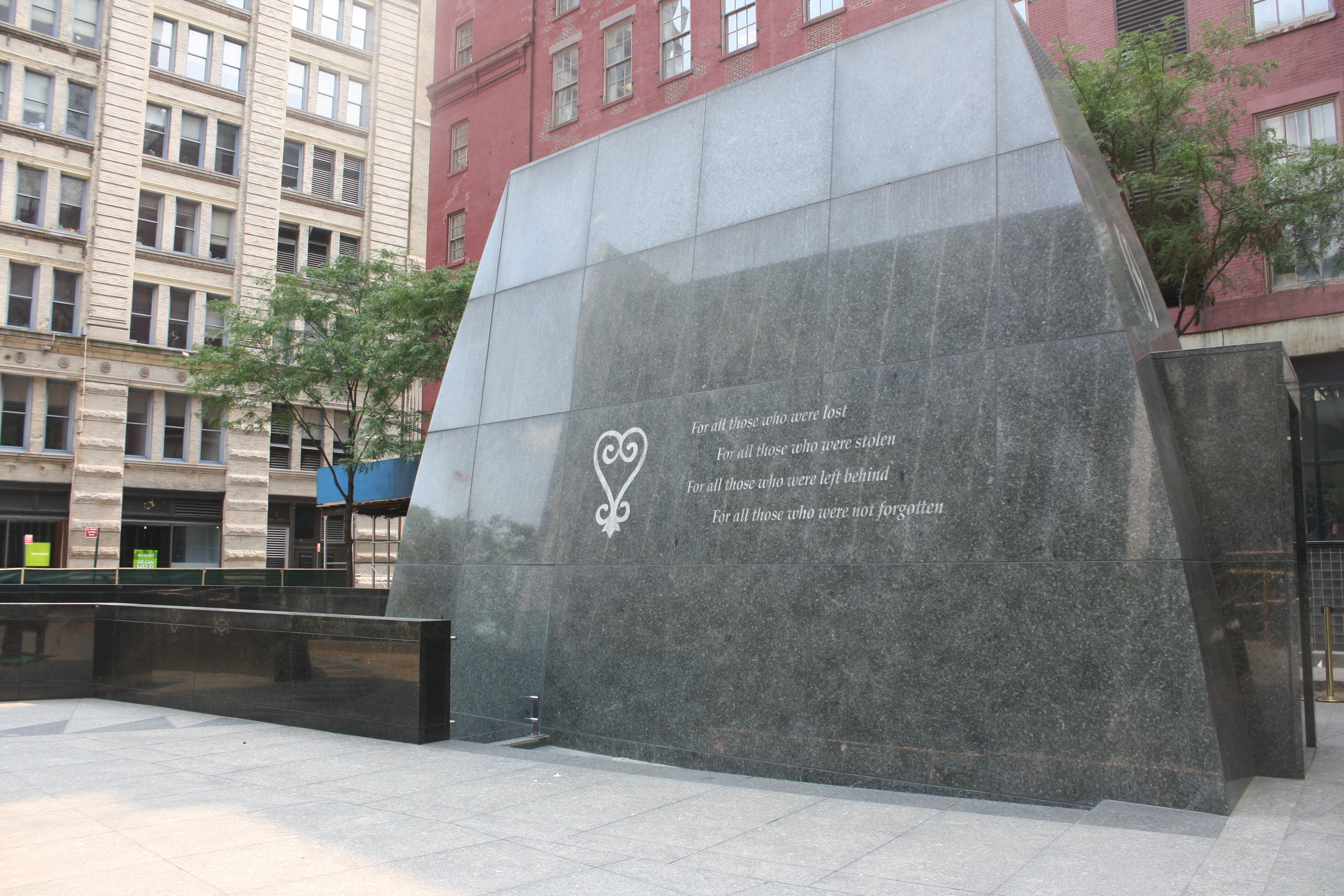
African Burial Ground NM Commemorates 25th Anniversary With Film Debut, Panel Discussion
National Monument New York Info Alerts Maps Calendar Fees A Sacred Space in Manhattan African Burial Ground is the oldest and largest known excavated burial ground in North America for both free and enslaved Africans. It protects the historic role slavery played in building New York Read More Kwanzaa 2023 Kwanzaa 2023 Plan a trip
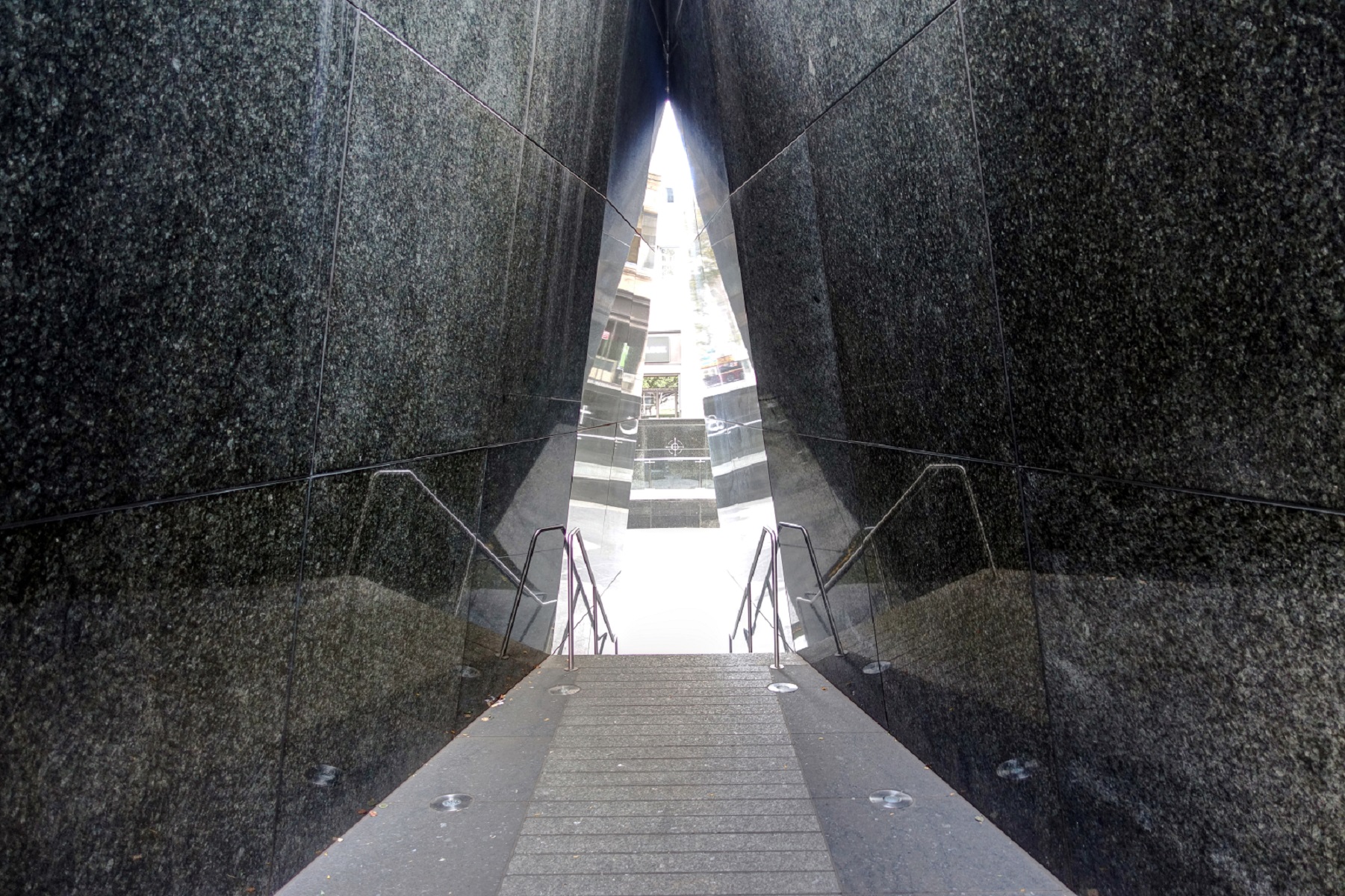
Ancestral Chamber African Burial Ground National Monument (U.S. National Park Service)
The African Burial Ground National Monument Visitor Center is one of the most popular ways for visitors to learn more about the history of the area. The Visitor Center was first opened in 2010 and features a 20-minute park movie, exhibitions, and a bookstore/giftshop. The exhibits at the visitor center examine topics that include archaeology.

African Burial Ground National Monument
Designation Located in Lower Manhattan, this monument memorializes an estimated 20,000 free and enslaved Africans who were buried on the 6.6-acre plot from the 1690s until 1794. The "Negroes Burying Ground" was rediscovered due to the construction of a Federal Office Building in 1991. An archeaological excavation followed after rediscovery.

GE Lamps Generate Tranquil Atmosphere at African Burial Ground National Monument GE Lighting
African Burial Ground National Monument. "Once the Monument was constructed, interpreting the site was most fulfilling and provided me the opportunity to share my knowledge of the spiritual significance of the site, particularly the symbolisms, which I studied in my frequent visits to Africa and other countries in the Diaspora," Leonard said.